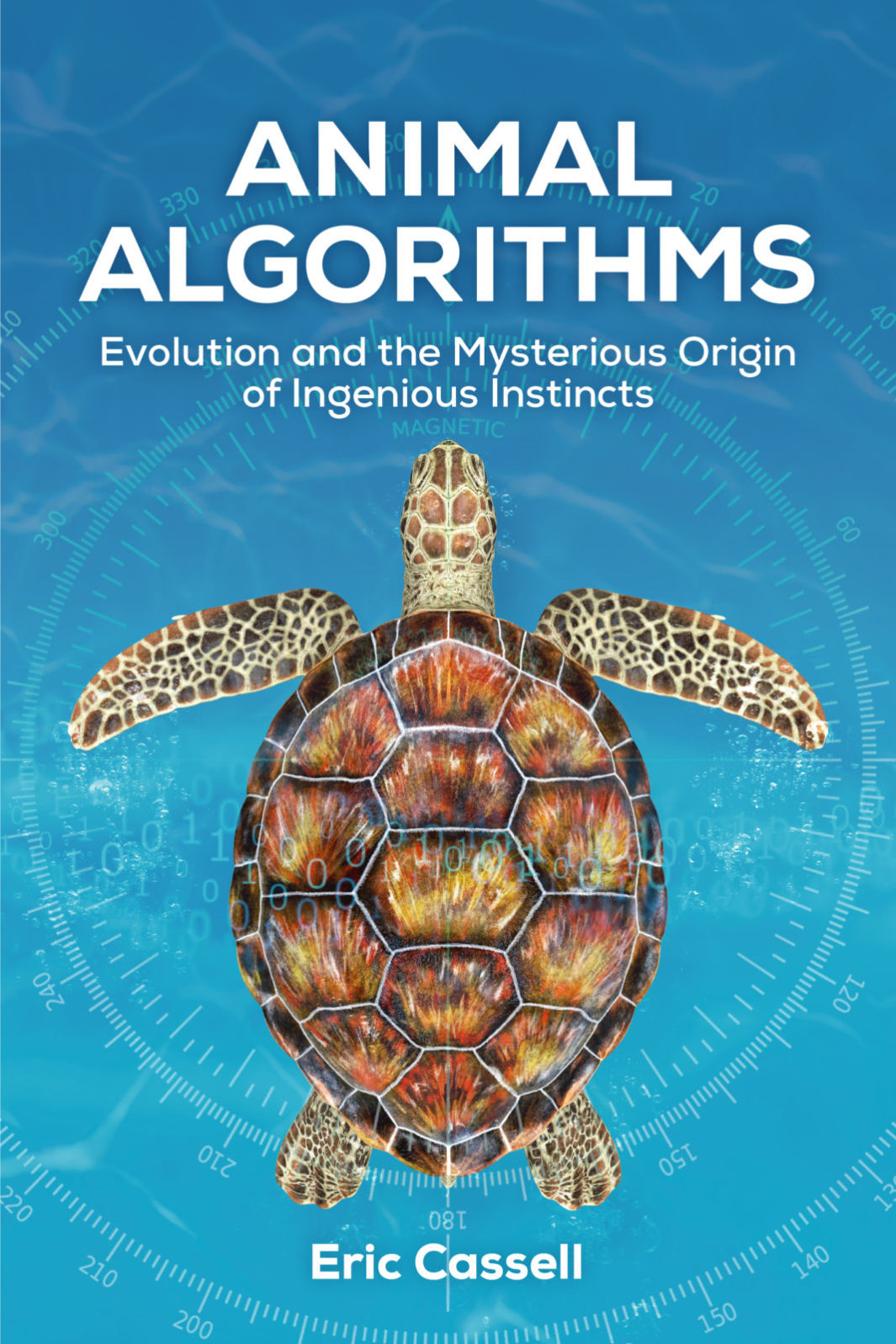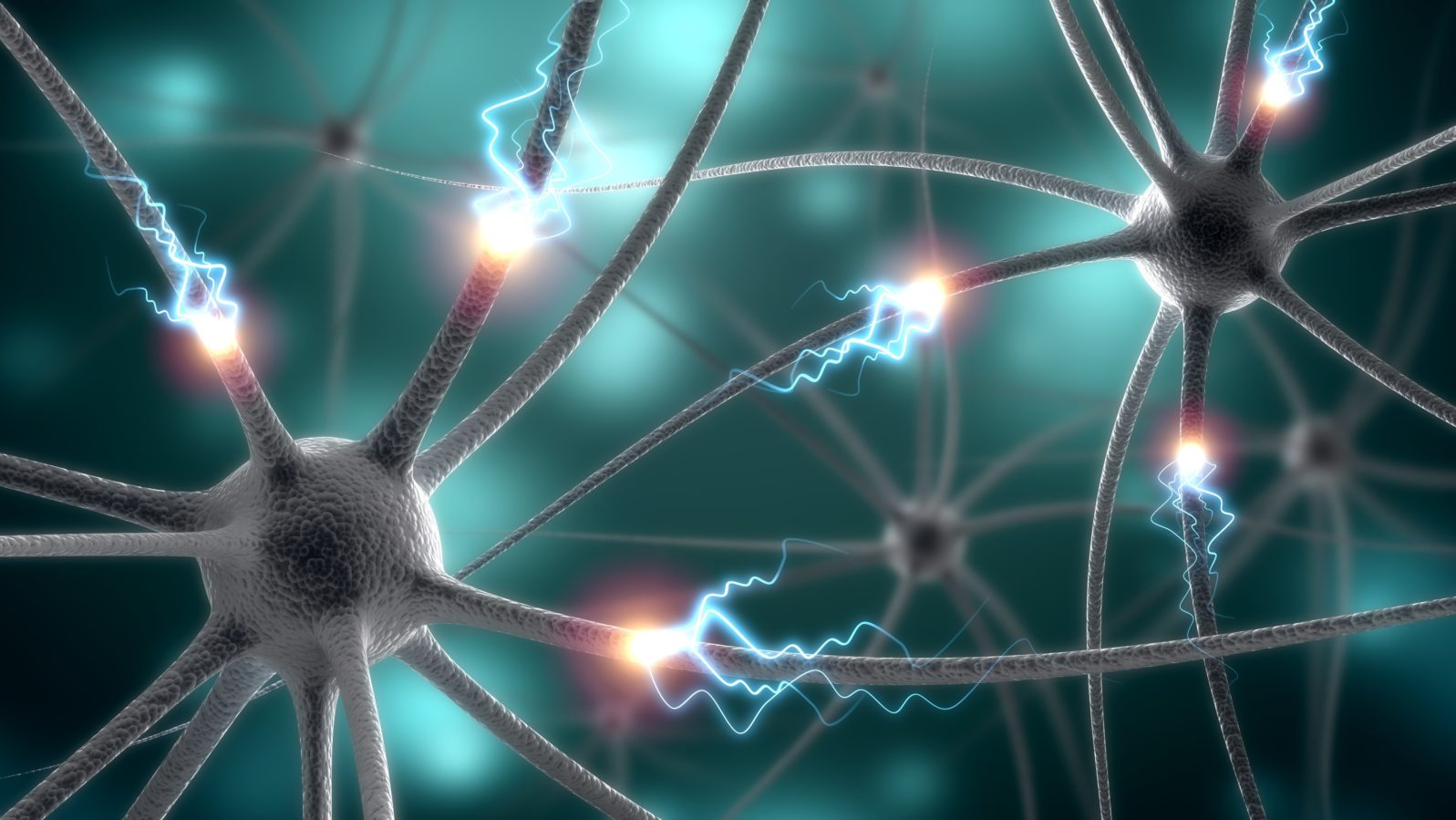When a Tiny Brain Is Actually an Advantage
Small size — which includes having a small brain — hones the gnat ogre’s remarkable neurological abilitiesThe University of Minnesota, pointing to a just-published research paper, asks us to contemplate a remarkable piece of flight engineering on the part of a rather frightening fly:
For those of us who occasionally trip over a curb or bump into a door frame, it’s hard to imagine an organism with a brain smaller than the period at the end of this sentence deftly maneuvering around obstacles while chasing fast-moving prey on the wing…
The research, carried out by Paloma Gonzalez-Bellido, Mary Sumner, and Trevor Wardill of the University of Minnesota’s College of Biological Sciences, and Sam Fabian of the Imperial College London Department of Bioengineering, focuses on the aerial feats of a miniature robber fly known as a gnat ogre — adults are tiny, just 7 mm in length on average. Native to North and South America, the gnat ogre is known for its ability to pursue and capture other insects in flight with extreme precision. It’s remarkable enough that this insect’s tiny brain can steer it to catch an object on the move. Even more remarkable is that it can avoid running into obstacles at the same time.
University of Minnesota, “New study illuminates how tiny flies solve complex navigational challenges” at ScienceDaily (February 16, 2022) The paper is open access.
The gnat ogre is seen here at work:
The researchers wanted to know more about how the fly does that, if only to copy the technology (biomimetics) for use in technology:
With the help of plastic bait, fishing wire, and high-speed video, they pursued an answer by observing gnat ogres as they pursued a moving target. Comparing video recordings of the fly chasing the bait in the presence of obstacles with flight trajectories predicted by models of obstacle-eluding flight and moving-object-pursuing flight, the researchers found that gnat ogres continuously adjusted their path based on the mix of the two types of visual stimuli. If the obstacle was large enough to obscure the prey for more than 70 milliseconds, the insect was likely to abandon the chase. But if the line of sight was barely interrupted, the chase continued after the fly cleared the obstacle.
“We discovered that simple visual feedback alone — reacting to things rather than predicting ahead — can be used to quickly solve complex navigation challenges,” says Fabian, who completed his Ph.D. in the FLYSY Lab. “This work shows that even creatures with comparatively tiny brains are quite capable of performing extreme and precise behavior at speeds we can barely see, let alone appreciate.”
University of Minnesota, “New study illuminates how tiny flies solve complex navigational challenges” at ScienceDaily (February 16, 2022) The paper is open access.
Here’s the really interesting part:
The researchers attribute the fly’s ability to adjust its trajectory so rapidly to its small size, which allows signals to travel rapidly from eye to brain to flight muscles. Future research will include testing what information small animals can gain about their target before they take off and how they know what to attack.
University of Minnesota, “New study illuminates how tiny flies solve complex navigational challenges” at ScienceDaily (February 16, 2022) The paper is open access.
So small size — which includes having a small brain — is actually an asset to the ogre gnat’s remarkable neurological abilities, not a liability.
An algorithm model may be fruitful for understanding insect intelligence. In 2018, researchers discovered that fruit flies use a filter similar to a computer algorithm to assess the odors that help them find fruit — but the flies’ tools are more sophisticated than a computer’s.

Navigation expert Eric Cassell develops the idea that insect intelligence can be understood as similar to an algorithm in a powerful computer program. In Animal Algorithms (2021), he notes that insects have roughly a million neurons in their brains. Yet they exhibit navigation principles found only in the most advanced computer navigation systems.
On that model, the insect accesses large amounts of complex information about behavior without “learning” it in a costly trial-and-error way because the information is programmed into its neural circuits and the program is activated by stimuli such as the movement of prey species.
An internal algorithm might account, for example, for how Monarch butterflies from Canada get to the same tree in Mexico in which their great grandparents landed. Several generations have lived and died in between so the information must be transferred via the genome. But it may be activated by a neurological algorithm for navigation.
The value of an algorithm model is that it gives us something specific to look for in neurological circuits. The concept of “instinct,” by contrast, once used to account for complex insect behavior, is too vague to be useful.
We’re still on the threshold of understanding insect intelligence. If, for example, the information the butterfly needs for the migration is transferred via the genome, where exactly is it stored? But at least that is a fruitful,researchable mystery rather than a frustrating one.
You may also wish to read:
How do insects use their very small brains to think clearly? How do they engage in complex behaviour with only 100,000 to a million neurons? Researchers are finding that insects have a number of strategies for making the most of comparatively few neurons to enable complex behavior. (Denyse O’Leary)
and
Neuroscience mystery: How do tiny brains enable complex behavior? Eric Cassell notes that insects with brains of only a million neurons exhibit principles found only in the most advanced manmade navigation systems. How? Cassell argues in his recent book that an algorithm model is best suited to understanding the insect mind — and that of many animals.
